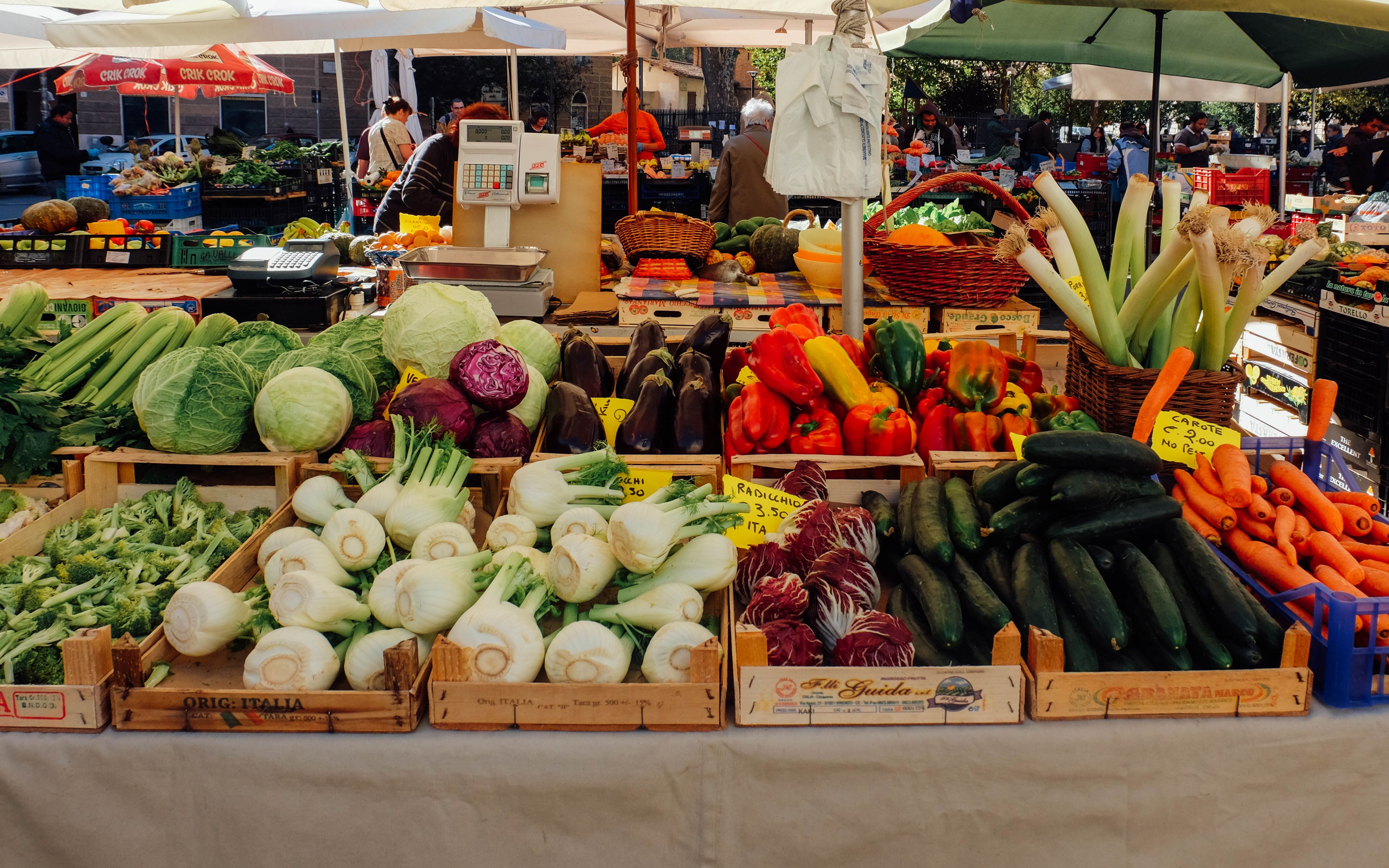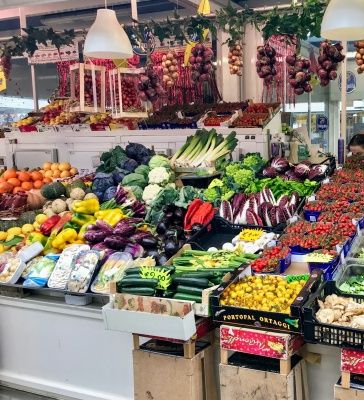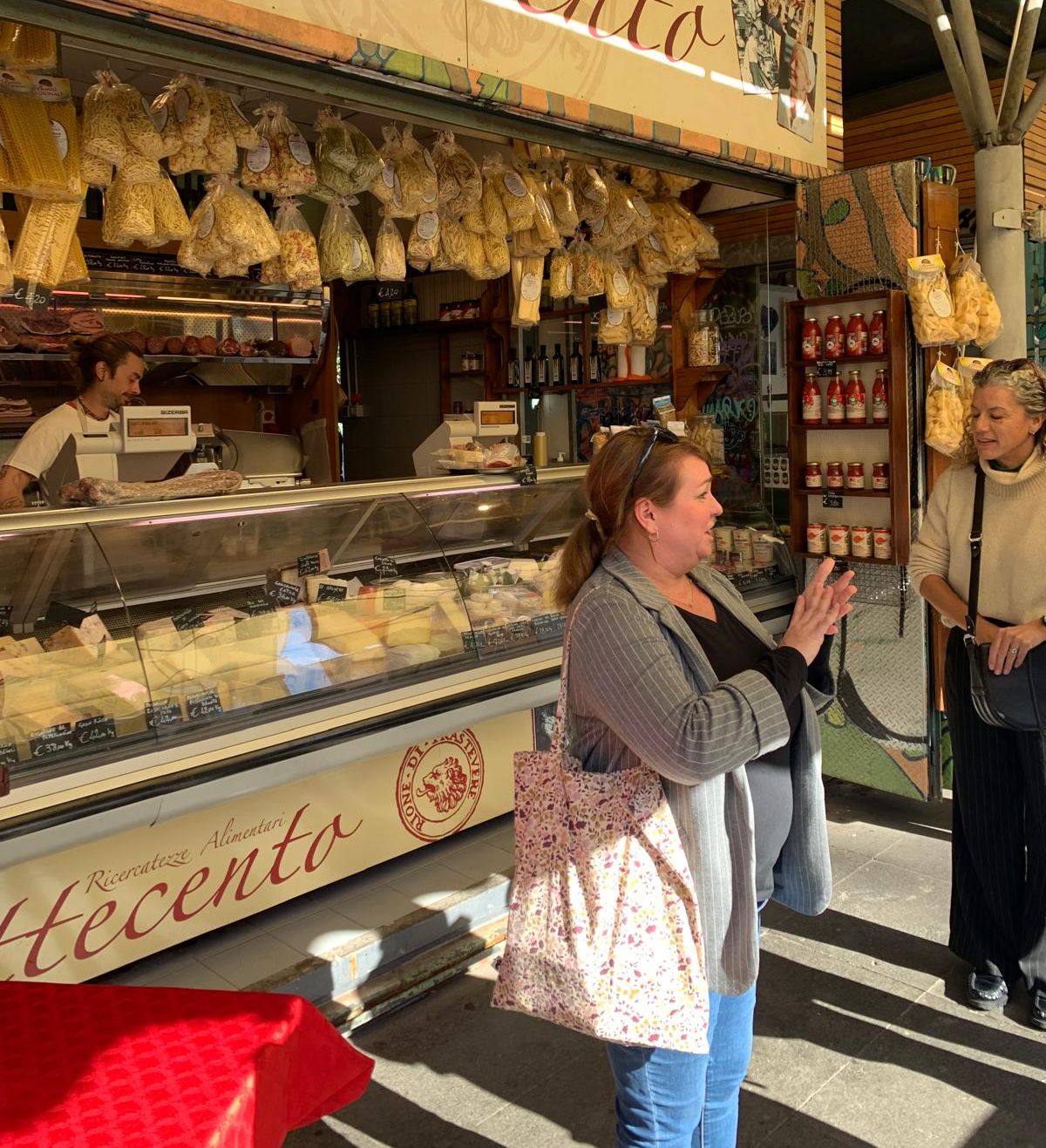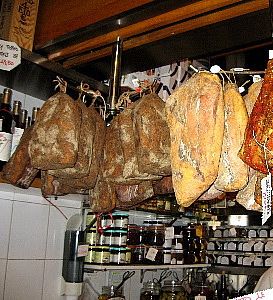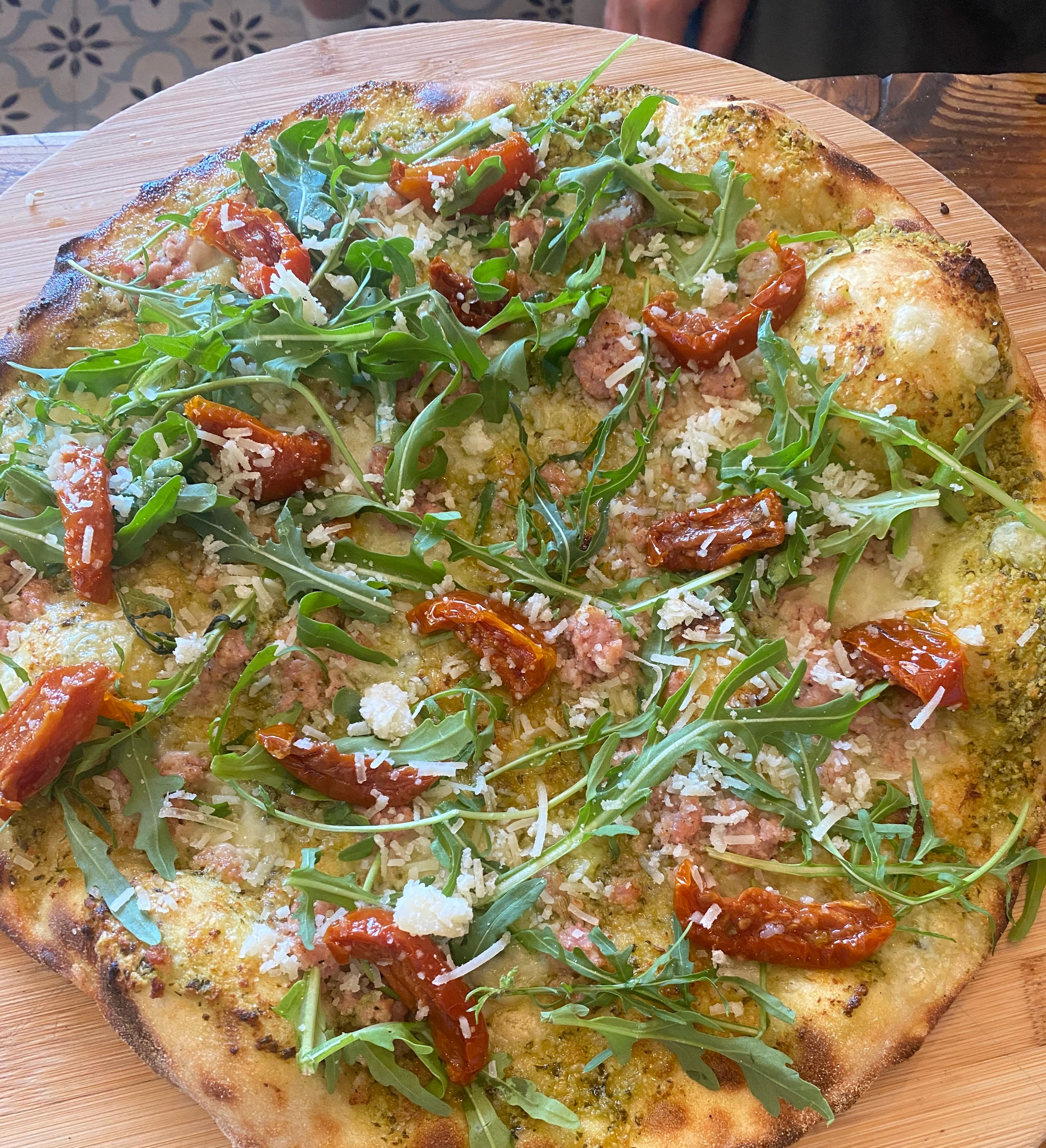There’s something sacred about a Roman market.
It’s not just the baskets of plump tomatoes or the pyramids of artichokes — it’s the rhythm, the voices, the connections. Markets in Rome aren’t just for shopping. They’re where locals meet, gossip, taste, barter, and share stories. They’re a celebration of food and community — two things we care deeply about at Poco Pizza.
On our research trips to Rome, visiting the markets has become a ritual. These are the places where we reconnect with the roots of Roman cuisine and where we find ideas that eventually end up on your plate here in Lyme Regis.
Piazza San Cosimato: Trastevere’s Hidden Gem
Our favourite Roman market is tucked into a quiet square in Trastevere — Piazza San Cosimato. Less touristy than Campo de’ Fiori and more grounded in everyday Roman life, it’s where we go to start the day with an espresso and a wander.
You’ll find:
Stallholders who greet customers by name
Wild rocket, fresh ricotta, and sun-warmed courgettes
Fiery chillies next to delicate herbs
The seasonal stars of Roman cooking: globe artichokes, puntarelle, tomatoes that taste like sunshine
We’ve spent mornings here scribbling notes, tasting pecorino, and asking a lot of questions. It’s a place that teaches you how Romans cook — simply, with reverence for ingredients and confidence in flavour.
Take a Tour with a Local: Kate’s Trastevere Food Walk
If you’re visiting Rome and want to go deeper, we highly recommend booking a market tour with Kate, a brilliant British expat who knows everyone and everything in the neighbourhood.
Her Trastevere food tour takes you behind the stalls, through bakeries and back kitchens, and into the cultural heart of what makes Roman food so enduring. She brings history, humour and proper food knowledge — and she’s one of our favourite people to walk and eat with.
Campo de’ Fiori: History in Every Stall
If San Cosimato is everyday Rome, then Campo de’ Fiori is its theatrical cousin. It’s more famous, more crowded, and still absolutely worth visiting — especially early in the day before the selfie sticks descend.
At Campo you’ll see:
Heritage tomatoes in a dozen varieties
Bundles of garlic, sage and rosemary
Farmers with weathered hands and handwritten signs
Stalls selling oil, truffle spreads, and dried chillies in bulk
It’s a little wilder, a little noisier, and full of personality.
Markets like these remind us that great cooking doesn’t start with technique — it starts with the ingredients.
When we choose toppings for our Roman pizzas, we follow that same Roman logic:
Less is more
Let each ingredient shine
Follow the seasons
Whether it's the first courgette of spring or late-summer aubergines, we try to honour what we’ve learned in Rome and translate it into food that works on our Lyme Regis menu — honest, simple, and full of character.
To find out more about life in Rome, read our other blog posts:
